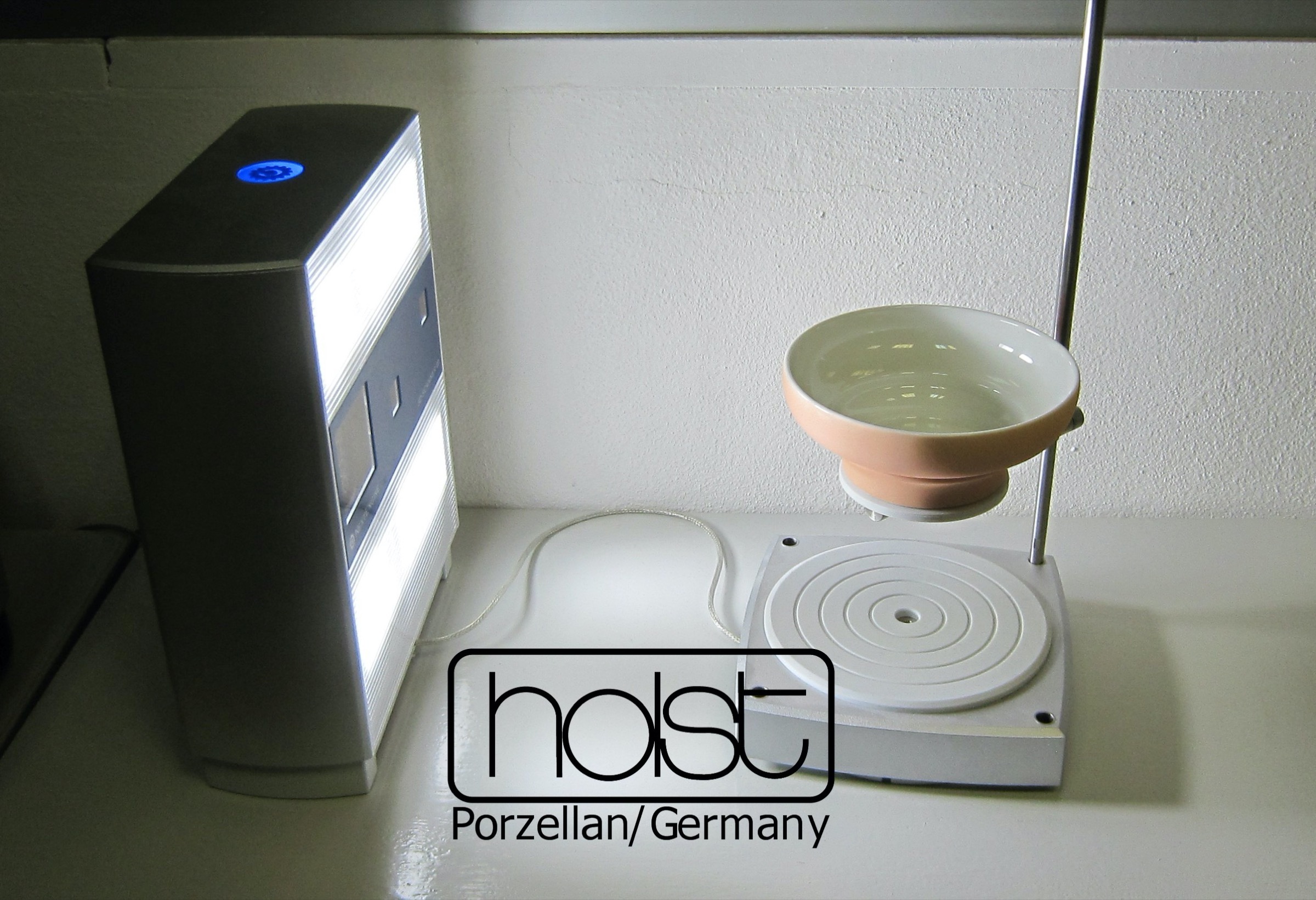Lithography

Ceramic lithography refers to the pre-press stage or the creation of decorative templates for the finishing of porcelain. In contrast to classic lithography (printing on paper), it is not only necessary to prepare the printing equipment and implementation of the printing machine for the production of the decal sheets, but also to precisely calculate the shape of the respective article and determine the exact composition of the printing colours. A ceramic realisation of the decor template must also be created for direct printing.
This explains why an existing lithograph cannot be used as a one-dimensional template for the use of Pantone or HKS colours for ceramic decor production. Even the setup of the ceramic decorative colours cannot be taken from a classic lithograph. Although it is quite helpful to convert an existing lithograph into a ceramic one, it does not eliminate the financial outlay. Furthermore, setting up the colour composition also makes it clear why each printing colour has to be charged separately when producing vignettes (customer logos).
The ceramic lithographer is a highly respected profession in the porcelain industry and is unfortunately no longer widespread in Germany. In the past, every porcelain factory had its own screen printing shop and employed a number of ceramic lithographers. There was usually one specialist for converting the design and another for ceramic colour theory. Today, these tasks are carried out by modern decorating companies, which pay for their expertise and expensive computer technology (see picture above). In Germany, you can easily pay between 150 and 300 euros for the installation of a three-colour decoration, depending on the shape and colours of the item.
Ceramic lithography can therefore in no way be compared with paper lithography.
